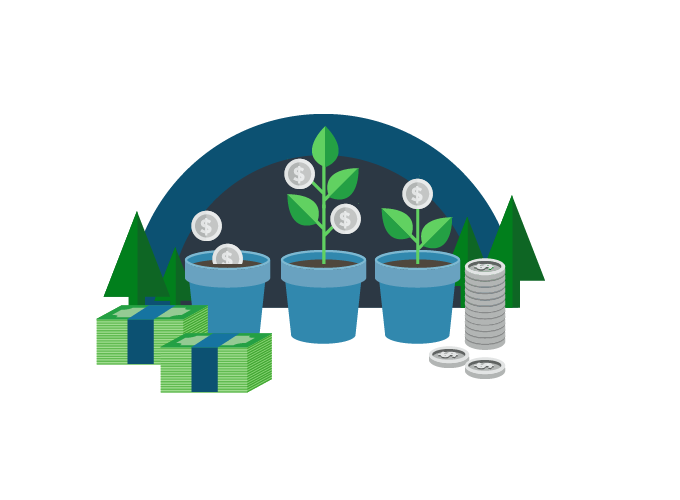marwaarsanios.info – In recent years, the banking sector has undergone a significant transformation, with sustainability emerging as a core strategic focus. This shift is driven by a growing recognition of the environmental, social, and governance (ESG) challenges facing the world, and the critical role that banks play in addressing these issues. Here’s a closer look at how green finance and ESG initiatives are reshaping the banking industry.
1. Green Finance: A Growing Priority
Green finance refers to financial services that are specifically designed to support environmentally sustainable projects and initiatives. This includes everything from renewable energy projects to sustainable agriculture and green building initiatives. Banks are increasingly offering green loans, green bonds, and other financial products that provide the capital needed to fund these projects.
2. ESG Integration in Banking
ESG criteria are becoming a central part of the banking sector’s risk management and investment strategies. Banks are evaluating the ESG performance of their clients and investments, recognizing that strong ESG practices can mitigate risks and enhance long-term value. This integration is leading to more responsible lending and investment decisions, as banks prioritize projects and companies that demonstrate a commitment to sustainability.
3. Sustainable Banking Products and Services
Banks are developing a range of sustainable products and services to meet the growing demand for ethical banking. This includes offering carbon offset accounts, sustainable investment funds, and ethical credit cards. These products not only appeal to environmentally conscious consumers but also help banks align their offerings with sustainability goals.
4. Regulatory and Market Drivers
The push towards sustainability in banking is being driven by a combination of regulatory requirements and market demand. Governments and regulatory bodies are implementing policies that encourage green finance and sustainable banking practices. At the same time, consumers and investors are increasingly seeking out banks that demonstrate a commitment to sustainability, creating a competitive advantage for those that do.
5. Innovative Financing Models
Banks are exploring innovative financing models to support sustainable development. This includes the use of green bonds, which are specifically designed to fund environmental projects, and sustainable development bonds, which support broader social and governance initiatives. These financing models are helping to mobilize the capital needed to address some of the world’s most pressing sustainability challenges.
6. Partnerships and Collaborations
Banks are forming partnerships with governments, non-profits, and other stakeholders to advance sustainability goals. These collaborations can help to pool resources, share expertise, and amplify impact. For example, banks are working with renewable energy companies to finance large-scale projects, and with conservation organizations to protect natural habitats.
7. Measuring Impact
To ensure the effectiveness of their sustainability initiatives, banks are developing metrics and frameworks to measure their impact. This includes tracking the environmental benefits of green finance projects, assessing the social outcomes of ESG investments, and monitoring governance improvements. By measuring impact, banks can demonstrate their commitment to sustainability and continuously improve their practices.
8. Challenges and Opportunities
While the shift towards sustainability presents significant opportunities for banks, it also comes with challenges. These include navigating the complexities of ESG data and metrics, managing the risks associated with green finance, and ensuring that sustainability initiatives are integrated across all aspects of the business. Despite these challenges, the long-term benefits of sustainability make it a worthwhile endeavor for banks.
9. The Future of Sustainable Banking
Looking ahead, the trend towards sustainability in banking is expected to continue, driven by a combination of regulatory pressures, market demand, and technological advancements. Banks that embrace sustainability will be well-positioned to lead in this evolving landscape, contributing to a more sustainable and resilient financial system.
In conclusion, sustainability is no longer a niche concern but a core strategic priority for banks. Through green finance, ESG initiatives, and a commitment to responsible banking, the industry is playing a crucial role in addressing some of the world’s most pressing challenges. As the banking sector continues to evolve, sustainability will remain at the forefront, driving innovation and shaping the future of finance.

